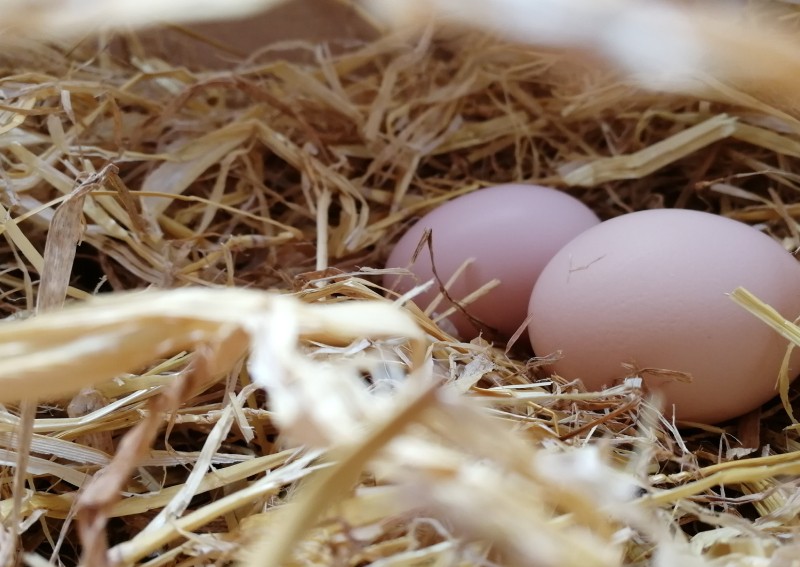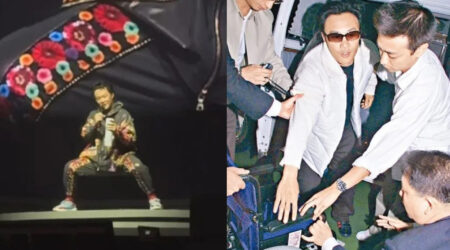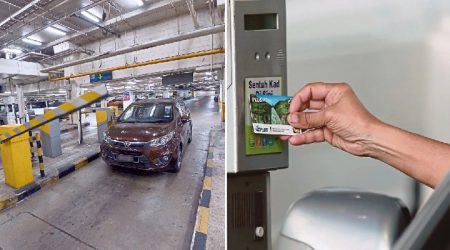Chinese power company protects birds by building artificial nests on its transmission lines

With a wire birdcage hanging from his safety harness, Wu Yufeng climbed a 36-metre electricity pylon and fixed the cage, with an artificial bird’s nest inside, to the top.
Wu, who works for the China Southern Power Grid subsidiary in Hainan province, has made about 60 such installations over the last three years.
“We’ve just placed six nests, one of which has five eggs in it,” said Wu, adding it is breeding season and they must be careful with the nests as eggs and fledgelings are often found in them.
To allow birds and infrastructure to coexist, Hainan Power Grid changed its strategy from one of repelling birds to attracting and protecting them. About 3,000 artificial nests have been installed on their transmission lines over the past three years.
With a subtropical climate, Hainan is a paradise for birds. March to July is breeding season, and a large number of birds nest and lay eggs in the province. As the transmission lines often pass through wetlands, ponds and fields, the electricity pylons are ideal places for them to nest.
When birds build nests, twigs and other material they carry can touch wires and cause circuit failures, which creates a maintenance problem.
“We used to install devices to repel birds through ultrasonic waves and spikes, or just remove the nests. However, they did not really work, and birds were frequently injured or even killed by the spikes,” said Gao Yisong, a company employee.
To the frustration of maintenance workers, new nests were sometimes built two or three days after the original ones were removed, Gao said.
Nesting instincts
So why not offer new homes for birds in safe places if they cannot be prevented from nesting? After researching the birds’ behaviour, the company began to choose trial locations to install artificial nests on transmission lines.
The artificial nests are made of stainless steel or iron wires that are noncorrosive. “We move the existing nests into the artificial ones and fix them in safe places on the towers, and then guide birds to perch or breed,” Gao said.
“In 2017, we selected four lines for the pilot application. After four months of observation, no trip-out of the power supply caused by nesting birds was reported.”
Another employee, Jiang Qing, said more than 70 per cent of the artificial nests have been inhabited by the birds over the past three years. Short circuits caused by birds have reduced from 12.2 per cent in 2017 to 6.9 per cent last year.
“The power grid has become safer and more stable, and birds have been getting less hurt around the pylons,” Jiang said.
The company plans to continue the programme and install another 1,000 artificial nests this year.
“From driving birds away to attracting and protecting birds, the company’s move has contributed to ecological balance and protection,” said Lu Gang, director of the Haikou Duotan Wetlands Institute.
Hainan has been striving to build itself into a pilot national ecological zone. The local power grid company is also cooperating with experts to research the migration routes and distribution patterns of birds.












Comments (2)
I blog quite often and I really appreciate your information. Your article has really peaked my interest. I will bookmark your site and keep checking for new details about once a week. I subscribed to your Feed as well.|
Hi there i am kavin, its my first time to commenting anyplace, when i read this piece of writing i
thought i could also create comment due to this
sensible piece of writing.